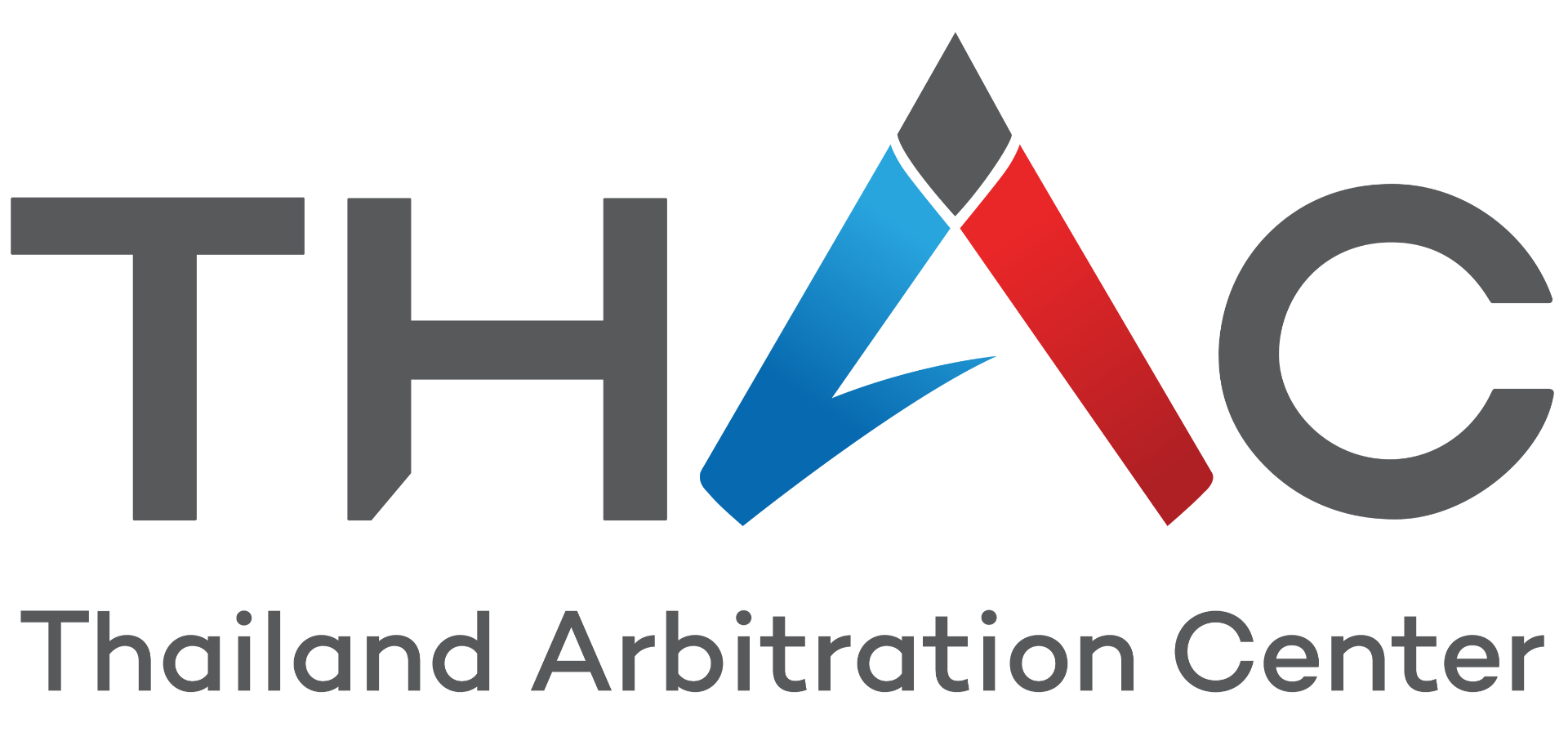
Bankruptcy in Thailand: Understanding the Legal Framework

Bankruptcy is a term that resonates with uncertainty and financial distress, but it is also a legal process designed to bring resolution and structure to complex debt situations. For expats living in Thailand, foreign investors navigating the Thai market, and Thai business owners, understanding the fundamentals of bankruptcy law in the country is crucial.
Whether you’re a creditor trying to recover what’s owed or a debtor seeking to reorganize your finances, this guide unpacks the essentials of bankruptcy law in Thailand and its broader implications for businesses and individuals.
What is Bankruptcy, and How Does it Work in Thailand?
Bankruptcy, under Thai law, refers to a legal status where a court declares an individual or a corporate entity unable to repay debts. Governed primarily by the Bankruptcy Act B.E. 2483 (1940) and the Act Establishing Bankruptcy Courts and Bankruptcy Case Procedures B.E. 2542 (1999), the main objective of bankruptcy in Thailand is to manage the debtor’s assets fairly for the benefit of creditors.
Unlike some jurisdictions, bankruptcy in Thailand cannot be voluntarily initiated by a debtor. Instead, it begins with a creditor’s petition filed with the specialized Bankruptcy Court, which has jurisdiction over such matters.
Key Features of Thai Bankruptcy Law
Here are some fundamental elements you need to understand about bankruptcy law in Thailand:
1. Debt Thresholds
- For individuals, the debt owed must be at least THB 1 million (approximately USD 28,000).
- For juristic entities (such as companies), the debt threshold is THB 2 million or more.
2. Insolvency Presumption
Thai law provides specific circumstances under which a debtor is presumed insolvent. For example, a debtor who fails to make repayments after receiving two formal notices (issued within a 30-day interval) is considered insolvent unless proven otherwise.
3. Secured Creditors Take Priority
Secured creditors have rights over specific property or assets, such as mortgages or pledges. This gives them a higher priority in the repayment sequence.
4. Specialized Bankruptcy Court
All bankruptcy cases are handled by specialized Bankruptcy Courts, such as the Central Bankruptcy Court in Bangkok. These courts are designed to streamline bankruptcy proceedings and ensure legal consistency.
Navigating the Bankruptcy Process in Thailand
Here’s an overview of the bankruptcy process and what both debtors and creditors can expect.
Step 1: Filing a Bankruptcy Petition
The process begins when a creditor files a bankruptcy petition with the court. The petitioner must demonstrate both the debtor’s insolvency and that the debt meets the threshold amount.
Step 2: Temporary Receivership
Once a petition is filed, the court may issue a temporary receivership order, preventing the debtor from disposing of assets during the proceedings. This step ensures creditors’ interests are protected.
Step 3: Absolute Receivership Order (ARO)
If the court finds sufficient evidence of insolvency, it will issue an absolute receivership order (ARO). This order grants an Official Receiver authority to seize and manage the debtor’s assets, removing the debtor’s ability to control or use those assets.
Step 4: Composition of Debts
Before declaring bankruptcy, a debtor may propose a composition of debts to creditors. This involves outlining a repayment plan or offering other terms that creditors must approve with a 75% majority vote.
Step 5: Asset Liquidation or Reorganization
If the composition plan is not approved, the court will proceed with bankruptcy, resulting in the liquidation of the debtor’s assets. Alternatively, businesses may enter a reorganization process to recover and continue operations.
Step 6: Release from Bankruptcy
Debtors can be released from bankruptcy in specific cases:
- Full repayment of debts.
- A period of three years has elapsed since the bankruptcy declaration, provided no dishonesty is proven.
- Special conditions under the Bankruptcy Act, such as when further collection efforts yield no additional assets.
Bankruptcy and Businesses in Thailand
For businesses, bankruptcy proceedings are not just about liquidation but may also involve reorganization to preserve the company as a going concern. With judicial oversight, businesses can repay debts and resume normal operations.
Corporate Reorganization
Corporate entities have the option to undergo business reorganization, a structured process aimed at rehabilitating the company. Here’s how it works:
- Either a debtor, creditor, or relevant government authority can file a reorganization petition.
- Upon court approval, an automatic stay is enforced, halting all legal actions against the business while the reorganization process takes place.
- A reorganization plan is proposed and must be approved by creditors representing at least 75% of the debt.
With the proper strategy and management, businesses can emerge from a reorganization stronger and more financially stable.
The Role of Arbitration and Alternative Dispute Resolution (ADR)
Given Thailand’s increasing emphasis on alternative dispute resolution mechanisms, creditors and debtors may consider arbitration or mediation to resolve disputes outside of traditional court settings. Institutions like the Thailand Arbitration Center (THAC) provide cost-effective and efficient ADR services, particularly for cross-border disputes.
ADR offers the advantages of privacy, speed, and flexibility, making it an ideal choice for parties seeking a resolution without the complexities of litigation.
Why Consider Bankruptcy Consultation?
![[THAC] SEO MAR C02 2 1200x628](https://thac.or.th/wp-content/uploads/2025/04/THAC-SEO-MAR-C02-2_1200x628.jpg)
Whether you’re an individual facing overwhelming debt or a business grappling with financial difficulties, navigating bankruptcy law in Thailand can be challenging. Consulting a legal expert is not just advisable but often necessary. They can offer the following assistance:
- Evaluate your financial situation.
- Advise on whether filing for bankruptcy or proposing a composition of debts is the best course of action.
- Assist in preparing necessary documents for court filings.
- Guide creditors on securing their interests effectively.
Understanding Your Alternatives
Bankruptcy is a serious legal process that dramatically affects finances, assets, and, in some cases, reputations. While it’s sometimes unavoidable, alternative measures like debt restructuring, arbitration, or business reorganization can provide viable pathways to recovery.
Final Thoughts
Bankruptcy in Thailand is governed by a structured legal framework that balances the interests of debtors and creditors alike. For foreign investors, Thai business owners, and legal professionals, understanding bankruptcy law is essential for informed decision-making in times of financial uncertainty.
Whether you need to resolve commercial disputes, explore alternative dispute resolutions, or initiate formal bankruptcy actions, Thailand’s legal systems offer mechanisms tailored to address these challenges.
If you’re considering bankruptcy in Thailand or exploring alternatives, reach out to an experienced bankruptcy consultant today. The right guidance could make all the difference.
Resolve Disputes with THAC
The Thailand Arbitration Center (THAC) is a trusted leader in resolving disputes. Offering professional arbitration and mediation services, THAC provides a simplified, cost-effective alternative to traditional court processes. The experienced arbitrators and lawyers ensure disputes are handled swiftly, professionally, and with minimal disruption.
Please get in touch with us at
Email: [email protected]
Call: +66 (0)2018 1615

